Donnie Darko’s Website: The Web That Could Keep a Secret
Before Clicks Became Data and Curiosity Was the Only Currency
[Recovered transmission — October 2001. Tangent Universe data fragment. Signal unstable. Archive begins below.]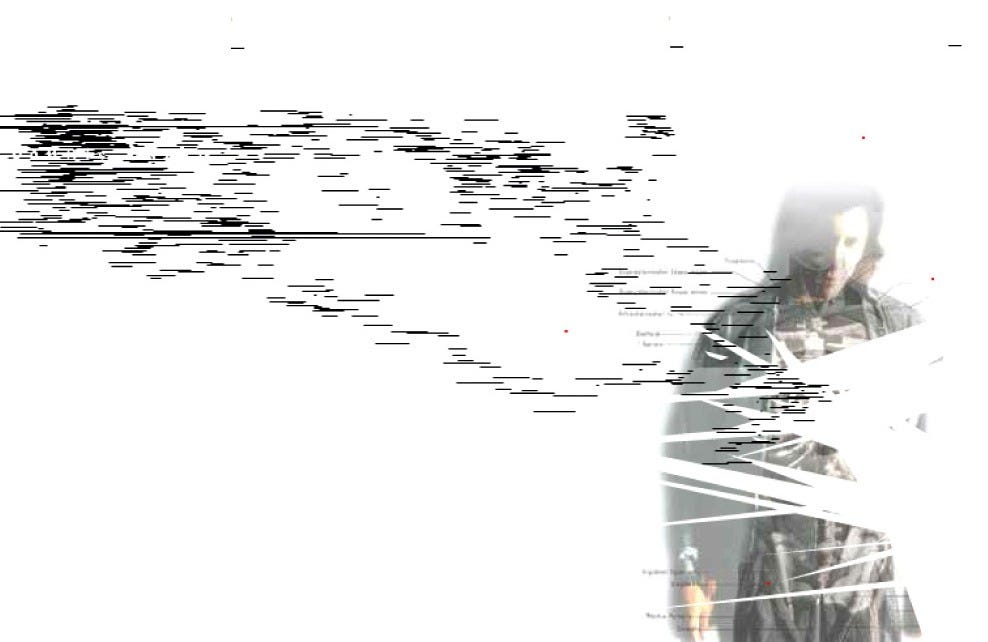
We made portals, not products
We didn’t set out to build a cult classic.
We set out to build a portal.
A doorway into a story that refused to explain itself.
The film Donnie Darko offered something we hadn’t seen before—narrative ambiguity as an invitation. It didn’t hand you answers. It handed you a question and let you live inside it. That was our cue. We didn’t want to explain the film. We wanted to let people fall into it.
The internet, at that time, was still pliable. Still new, a place where you could build things that didn’t fit in boxes—because there were no boxes yet. No templates. No playbooks. No “optimise for engagement.” Only instinct and possibility.
And most importantly: intention.
We didn’t set out to collect data.
We didn’t even think about it.
That wasn’t the point.
The point was to create an experience. Something immersive. Mysterious. Emotional.
We wanted to create wonder.
Working with first-time Director Richard Kelly, we imagined a digital extension of Donnie Darko that would act as a narrative prologue and epilogue—a world that happened around and beyond the 28 days captured in the film. Collaborating with Richard Kelly—Florian Schmitt and I (Hi-ReS!) designed a weird* website— we built a space that refused to explain itself.
* weird = [Middle English: wyrd — One who could control fate. In its original form, "weird" didn't mean odd. It meant prophetic. It meant something bigger was coming. Weird isn't random—it's a signal. A glitch. A sign you’ve wandered into the right kind of tangent universe.
That's the kind of weird I want to build for.]The film begins on October 2nd and ends on October 30th, 1988. That gave us a frame. A rhythm. A timeline we could build inside.
So, we launched the website in phases, each unlocking more of the story. The first phase launched on October 26th, 2001, when the film was released in the U.S.
Instead of giving users trailers or cast bios, we gave them a puzzle. A haunted library of clues.
We created satellite sites—fake news portals, fragments of future timelines, fictional books like The Philosophy of Time Travel—a fictional text written by the character Roberta Sparrow, known as "Grandma Death" in the film. In one scene, Donnie receives the book from his science teacher, Dr. Kenneth Monnitoff, during a conversation about wormholes and the nature of time.
The book was written by Director and Screenwriter Richard Kelly and designed by us as part of the online experience. It became one of the key clues—both in the film and on the site—inviting users to question causality, free will, and alternate realities.
We faked site malfunctions. Embedded bugs. If you emailed the “webmaster” to report a problem, you might get a reply—from Donnie. From Frank. From someone who shouldn’t be alive anymore.
We left the site open-ended. We ran out of time, but the users filled in the blanks. They believed there must be more. They wanted to believe.
The Cult: Participation Over Explanation
The most magical thing we witnessed was how the audience responded. They didn’t just click. They investigated. They speculated. They kept searching, even when we hadn’t hidden anything more.
Rumours spread in forums about hidden levels—Levels 4, 5, 6, and 7. We had only built three. But in the absence of answers, people created their own mythos. They mapped theories. Cross-referenced pages. Some even claimed to have broken through.
That’s what made it special.
It wasn’t about completion. It was about participation.
There were no metrics. No tracking. No ads.
The only currency was curiosity.
The website was an experience that didn’t need to reward you in any conventional way.
It made you feel part of something—something haunted, half-seen, and beautifully unfinished.
Lost Innocence: Then and Now
It’s hard to imagine this happening now.
A website that crashes on purpose? A site that responds with cryptic emails from imaginary people? Today, it would feel like a trick. Or worse—a privacy violation.
The web has changed. So have we.
Every click now is a contract. Every scroll is a signal. Every moment is monetised.
Companies track our behaviour, mine our preferences, and profile our identities. Smart assistants like Siri and Alexa listen not just for commands, but for patterns. What used to be a quiet moment of curiosity between creator and visitor now lives under a microscope of analytics, targeting, and invisible surveillance.
Google has faced lawsuits for its dominance in ad tech and for exploiting user data. Even seemingly innocent tools—fitness apps, keyboards, free VPNs—have been caught selling behavioural data to the highest bidder. The idea that a weird site might simply exist, without trying to sell you anything or capture your data is nearly unthinkable.
That kind of trust - the kind we felt in 2001 - is rare now.
That kind of innocence is even rarer.
Legacy and Possibility: Can We Still Build Wonder?
And yet.
There’s still a part of me that believes we can return—not to Flash or to 2001, but to the spirit of it. The intention behind it. The desire to create something that doesn’t demand anything but presence.
Maybe the future isn’t a replication of what we had. Maybe it’s a reinvention of what it meant.
We don’t need nostalgia. We need new experiments in mystery.
We need spaces that don’t explain themselves right away.
We need experiences that aren’t just frictionless, but meaningful.
That’s where my hope lies—in the collaboration between humans and machines.
In using tools like AI not just to automate or optimise, but to co-create.
To hold space for ambiguity. To dream into the gaps.
That’s what this moment feels like to me. That’s what this piece is—a quiet attempt to open a small door again. Not to explain. But to invite.
The Donnie Darko website is gone, fractured, or stuck in some tangent server.
But its spirit isn’t.
We can still build things that gently invite people in.
We can still leave space for the unknown.
We can still tell stories that don’t end where they begin.
We don’t need to recreate the past.
We just need to remember what it felt like to be lost together—
and know that the best stories still begin that way.
— Alexandra
Dispatches from the Lost Internet
Stories from my Hi-ReS! years: strange, cinematic digital folklore from the 2000s that still echoes into today’s AI age. Behind-the-scenes moments, creative experiments, and the invisible skills behind work that lingers.
Reflections on design, storytelling, and human futures by Alexandra Jugović. © 2025
👉 Take a look at donniedarkowebsite.com, where Rich (Dogwonder) has revived the intro from the original Flash site we built in 2001. The full experience can’t be completely reconstructed, but a huge thank you to Rich for bringing this fragment back from the tangent universe.
Exhibitions
The Donnie Darko website was exhibited at the prestigious Barbican Art Gallery London as part of Communicate: British Independent Graphic Design since the Sixties/ The Emergence of British Graphic Design. 16 September 2004 - 23 January 2005.
Awards
Webby Award in the Film Category
Flash Film Festival San Francisco
Best Experimental Site Art Directors Club New York: Silver, Interactive Media
Prix Ars Electronica Net Excellence Award of Distinction
Referenced in numerous online articles, books and magazines.
If you're curious to learn more about my and Florian’s work, feel free to explore our websites:


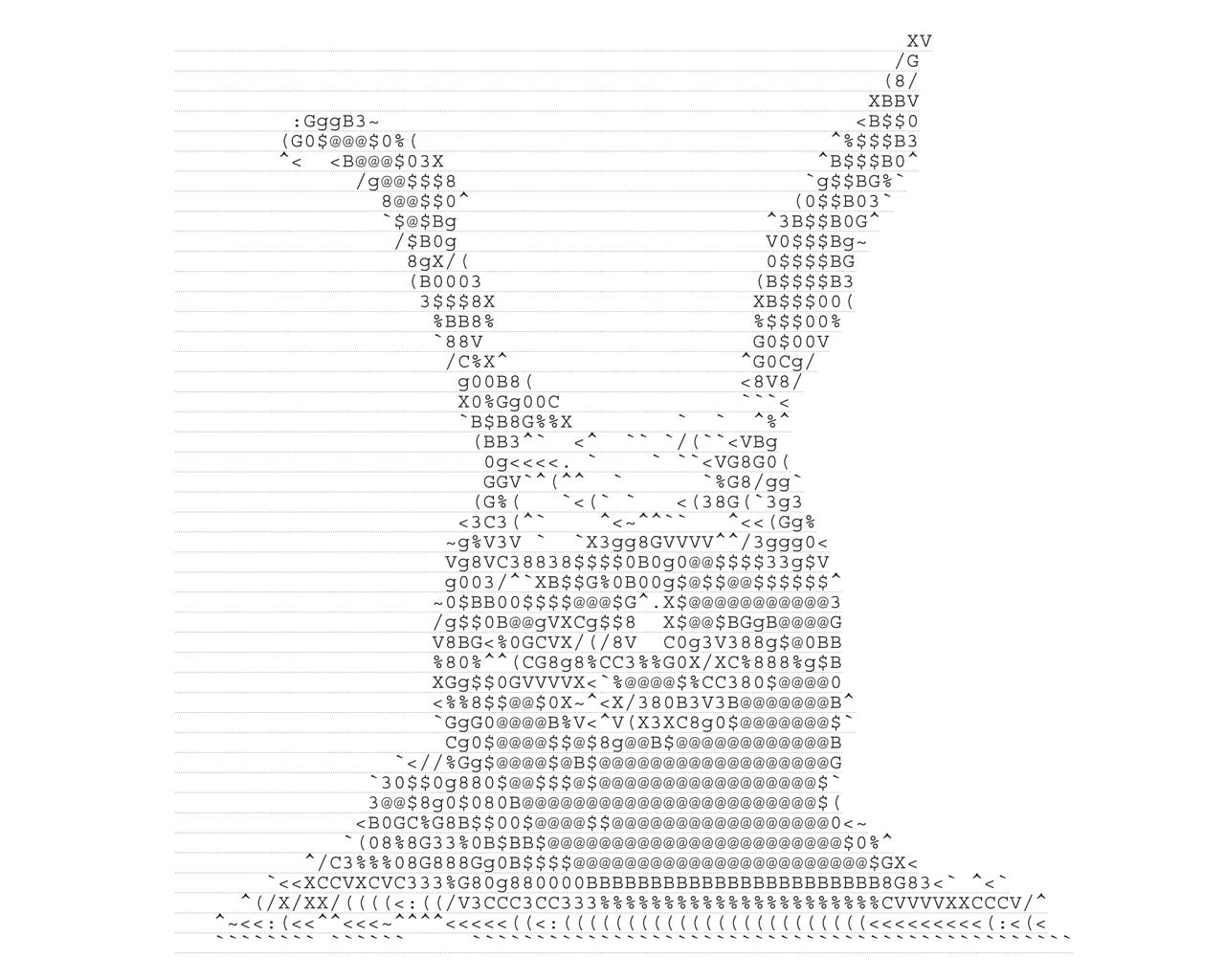
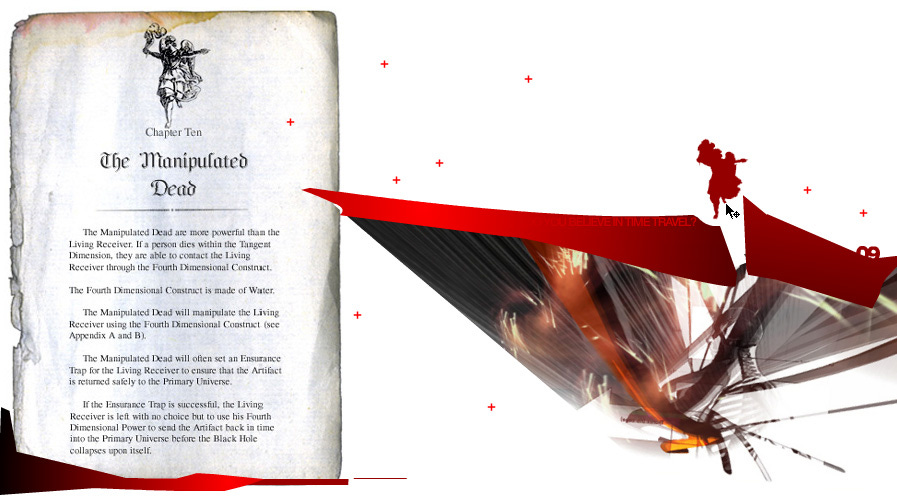
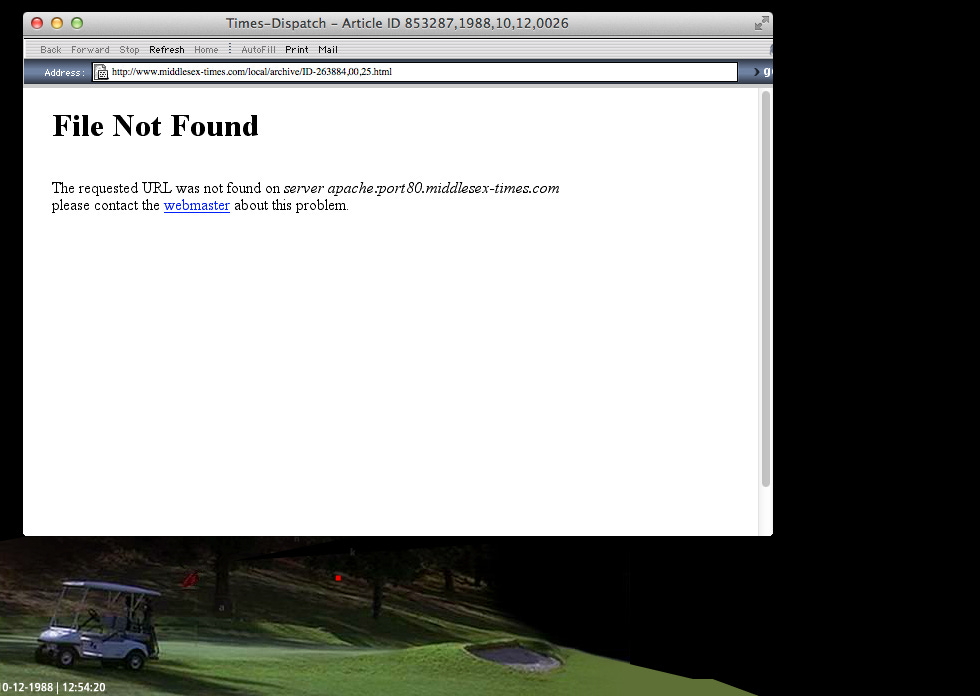
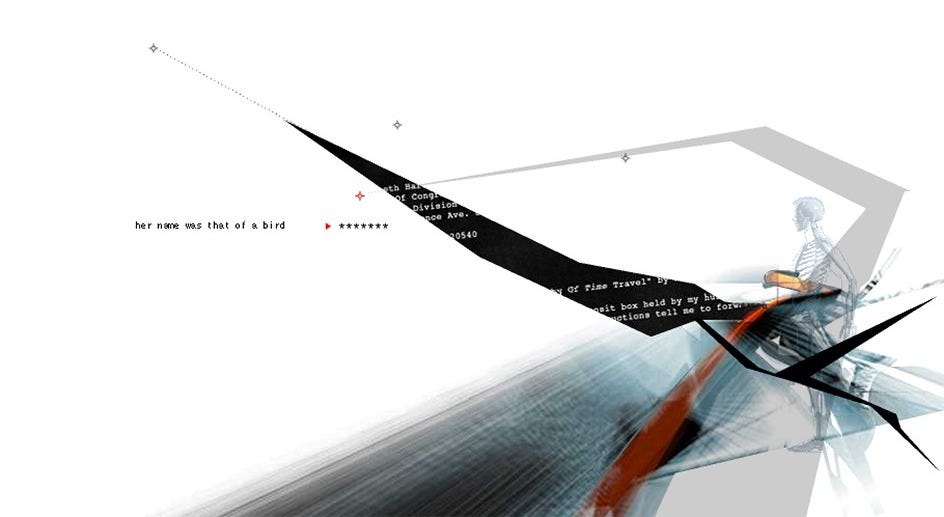
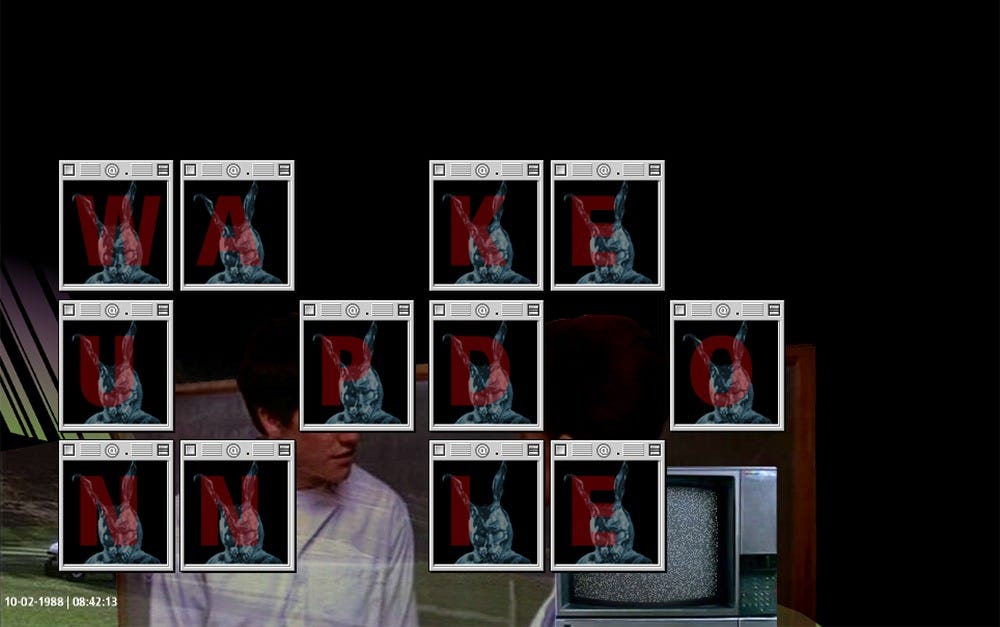
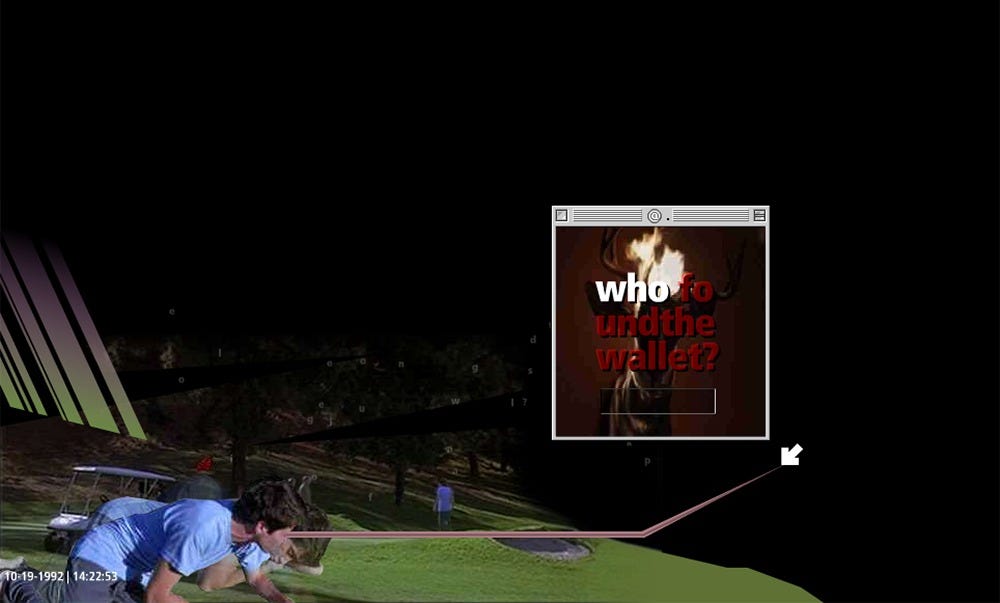
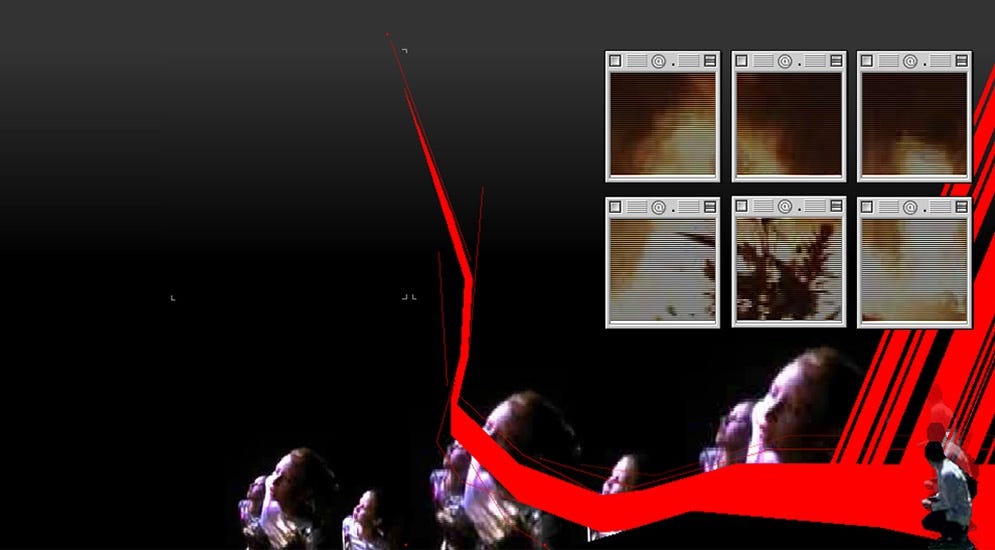
„Create space for ambiguity. Dream into the gaps.“……thank you for the invitation Alexandra